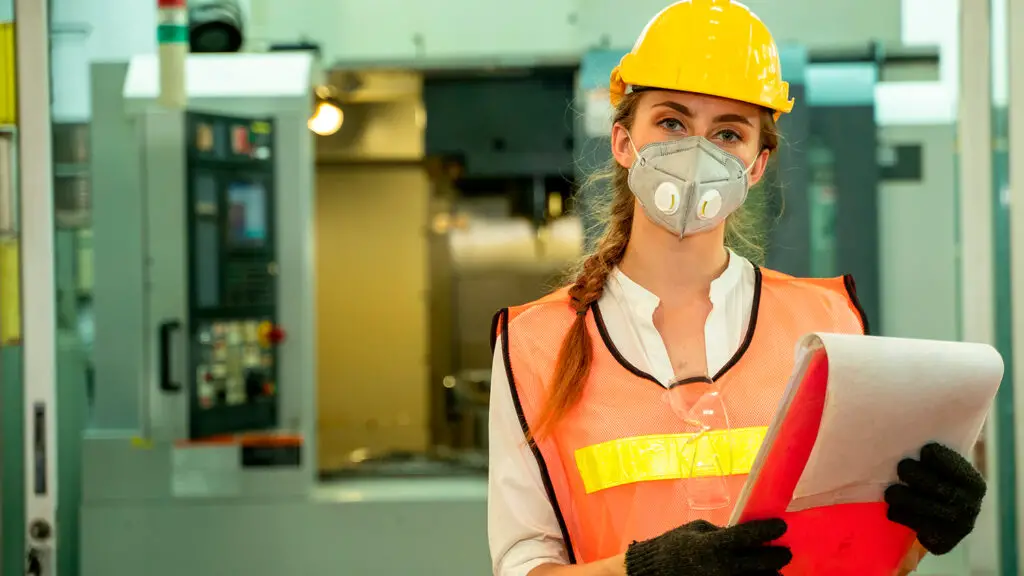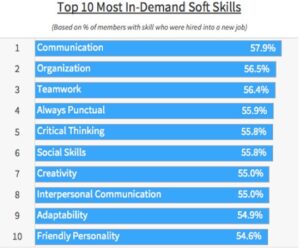Top 5 Skills for Safety Professionals

Top 5 Skills for Safety ProfessionalsThe world of work shows a high demand for safety professionals. What knowledge and strengths should these specialists have to do their job in the best way?
Labor incidence is one of the main concerns of modern organizations. According to the International Labor Organization (ILO), around 2.78 million people lose their lives and 374 million suffer non-fatal injuries as a result of work-related accidents or illnesses.
In this context, many companies are obliged (Law 29783) to have specialists in occupational safety and health (OSH). And it is that these professionals are in charge of examining the workspace where employees work to detect environmental or physical factors that could affect their safety, well-being, comfort, and performance. In addition, they have the mission of verifying if they have the appropriate protective equipment to carry out their activities safely.

The primary objective of promoting a “Culture of Prevention” in the organization requires that among the skills that the person responsible for safety and health at work must-have today, the following should be highlighted:
Proactivity and empathy
The OSH professional cannot act reactively; that is, only when the threat or danger is imminent. Therefore, the ability to anticipate is transcendental, and to develop it, these characteristics must be enhanced:
Active listening to employees: Paying attention to workers, even if they only mention an issue that can be considered minor, will cause any safety problem to be analyzed immediately and that the employee feels heard.
Investigate all accidents: What incidents have happened before? It is a question that all occupational health and safety professionals should ask themselves, as it will allow them to identify problems that can be prevented with better procedures.
Tour the facility for potential hazards: Constantly inspecting the workplace will help you understand the procedures and actions that specific areas take to avoid hazards.
Putting yourself in the place of others: looking at possible risks from other possible points of view, receiving feedback from the team on the actions carried out, and not only limiting themselves to the actions of the SST, but they will also allow the involvement of all personnel in the management of company risks.
Ability to interpret information
The collection and understanding of data on each work incident should be a constant task for the OSH professional. Detecting trends, based on the information you receive from different channels, will allow you to consolidate useful and practical ways to guarantee the safety of your employees. You will also develop your decision-making skills.
Ability to connect and communicate
OSH professionals must possess developed verbal and written communication skills. This will make it easier for them to communicate with members of senior management, customers, and, above all, workers. According to the Health and Safety Executive, potential accident rates drop to 14% when an organization’s employees truly feel involved in health and safety issues.
Ability to foster a culture of emotional health
Mental well-being has begun to play an important role in the lives of occupational safety professionals around the world, especially in this pandemic situation that we have lived through. In Great Britain, for example, 0.8 million cases related to depression and anxiety have been reported during the 2019/20 period, according to the health and safety at work-study prepared by HSE.
Finding solutions for these cases, clearly related to COVID-19, is one of the main tasks of health and safety specialists. For this reason, it is important to foster a culture of support among collaborators that allows reducing these rates of depression and anxiety and maintaining a united team despite teleworking.
Ability to project credibility
An occupational health and safety professional must understand safety standards, whether of governmental or international origin, such as ISO 45001. This will allow them to make better decisions and project confidence in the organization.







